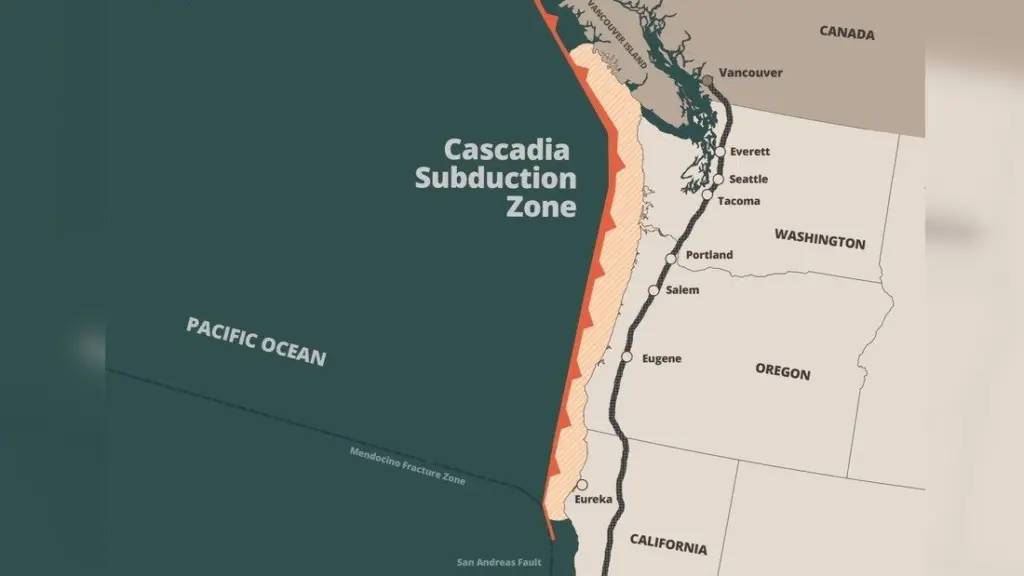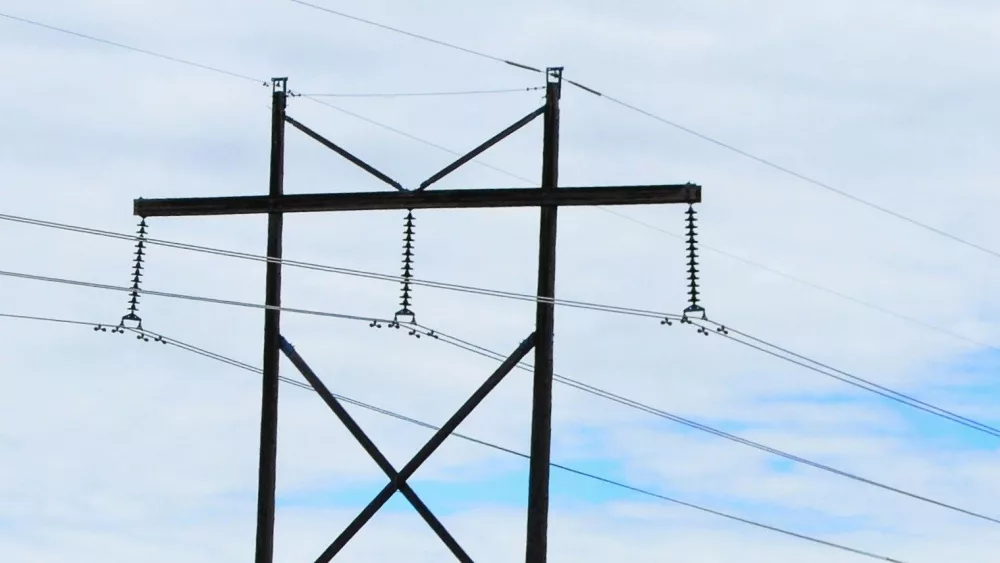PORTLAND, OR – The so-called “Big One” or Cascadia Subduction Zone earthquake expected to trigger disruptive quakes throughout the West Coast could cause more damage than previously estimated if it sets off quakes in the nearby San Andreas Fault Zone, according to a recent study.
Chris Goldfinger, a marine geologist at Oregon State University and lead author of the Sept. 29 study published in the journal Geosphere, made the findings with an international team of researchers after scouring deep-sea sediment cores going back thousands of years. The Cascadia Subduction Zone earthquake last hit the coasts of Oregon, Washington and California in 1700, with an estimated magnitude of 9.0. It produces major earthquakes roughly every 300 to 500 years.
Scientists compared sediment deposits created by underwater landslides from earthquakes within the Cascadia Subduction Zone with sediment layers from the San Andreas fault system, which extends throughout California and sits on the boundary between the North American and Pacific tectonic plates. They found the deposits were formed at similar times and had similar structural characteristics, indicating that quakes in the Cascadia Subduction Zone triggered quakes in the San Andreas Fault System.
“We could expect that an earthquake on one of the faults alone would draw down the resources of the whole country to respond to it,” Goldfinger said in an Oct. 6 news release. “And if they both went off together, then you’ve got potentially San Francisco, Portland, Seattle and Vancouver all in an emergency situation in a compressed timeframe.”
The findings come weeks after Oregon Gov. Tina Kotek issued an early September executive order overhauling the state’s buildings for earthquake safety in response to concerns about the potential of seismic activity from the Cascadia subduction zone. Kotek directed the state to immediately earthquake-proof new buildings over 10,000 square feet and retrofit existing state agency buildings by 2060, which will need funding approved by the Oregon Legislature.
“An M8-9 earthquake in our future is inevitable, and seismically sound state buildings will be crucial,” Goldfinger said in a statement shared by Kotek’s office at the time. “This is the kind of proactive action Oregon needs.”
Seismologists in Oregon are projecting a 16% to 22% chance that the Cascadia earthquake hits Oregon in the next 50 years, potentially reaching a magnitude of 8.7 or more, according to the governor’s office. That’s on par with some of the largest recorded earthquakes in history, and the likelihood of a partial rupture is even higher. There is a 42% chance in the next 50 years that a partial rupture of the Cascadia Fault will result in a 7.4 magnitude earthquake or more, according to Kotek’s office.
“We’re used to hearing the ‘Big One’ — Cascadia — being this catastrophic huge thing,” Goldfinger said. “It turns out it’s not the worst case scenario.”
Historically, it’s been difficult for researchers to determine time differences in fault ruptures between the Cascadia Subduction Zone and the northern San Andreas Fault Zone. There have been three documented instances in the past 1,500 years during which seismic activity was hours or minutes apart between the two zones. The only documented instance so far of fault zones synchronizing was in Sumatra from 2004 to 2005, according to the release, when American seismologists could trace the activity all the way from Colorado.
This story first appeared on Oregon Capital Chronicle.





